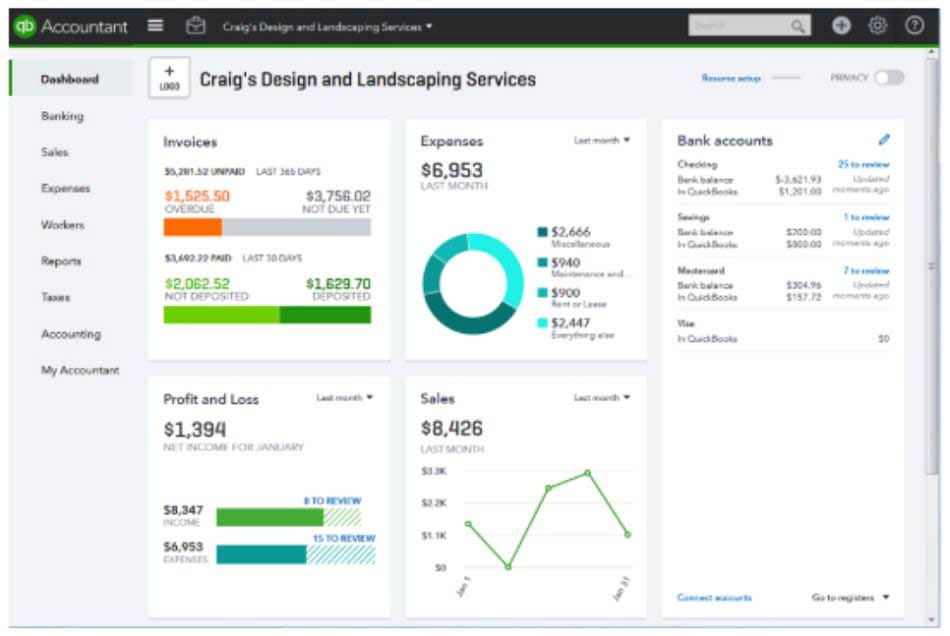
Under this principle, expenses are recognized when they are incurred and measurable, which can influence the timing of tax deductions. For example, a business that incurs significant costs in producing goods will only deduct these expenses when the related revenue is realized. This matching of income and expenses ensures that tax liabilities are accurately reflected, preventing the overstatement or understatement of taxable income. IPSAS emphasizes the importance of recognizing revenue when it is measurable and collectible, but it also considers the specific circumstances of public sector entities, such as the receipt of grants and donations. These frameworks ensure that public sector financial statements provide a true and fair view of the entity’s financial position, enabling better accountability and transparency. In case of the rendering of services, revenue is recognized on the basis of stage of completion of the services specified in the contract.
Factors Influencing Cost of Revenue
Realization accounting dictates that income is recognized only when it is earned and measurable, which directly impacts taxable income. For instance, a company that follows realization accounting will report income only when it has been received or is assured of being received, aligning tax obligations with actual cash flow. This can be particularly beneficial for businesses with fluctuating revenues, as it prevents the premature taxation of unrealized income. Recognition of revenue on cash basis may not present a consistent basis for evaluating the performance of a company over several accounting periods due to the potential volatility in cash flows. There are different ways to calculate revenue, depending on the accounting method employed. Accrual accounting will include sales made on credit as revenue for goods or services delivered to the customer.
Revenue on the Income Statement (and other financials)
- ABC Corp. also incurs direct labor costs of $6 million, marketing expenses of $2 million, and direct overhead costs of $4 million.
- These methods can significantly impact financial reporting and when income is recognized on a company’s financial statements.
- Over time, revenue recognition standards have evolved to meet changing business practices and technological advances.
- Coca-Cola reported a top-line revenue figure of $38,655,000 for 2021 and $10,042,000 in net income for the same period.
- Therefore, the cost of revenue percentage for ABC Corp. is approximately 31.7%.
- For a retailer, this is the number of goods sold multiplied by the sales price.
When the customer pays the amount owed, the following journal entry occurs. However, revenue growth can be even more important than the revenue number itself. When revenue is growing year-over-year, it implies that the company is expanding by gaining market share, increasing its offerings, or improving its operations.
Revenue Recognition under ASC 606 / IFRS 15

Companies need to balance having enough inventory to meet demand without overstocking, which ties up capital and increases storage costs. This works for some companies such as Comcast, which makes its money through basic subscriptions, premium subscriptions, and streaming purchases. ARPU can be used as a point of comparison among companies in a sector and used to forecast a company’s growth potential.

Public companies in the U.S. must abide by generally accepted accounting principles, which sets out principles for revenue recognition. This prevents anyone from falsifying records and paints a more accurate portrait of a company’s financial situation. Analysts, therefore, prefer that the revenue recognition policies for one company are also standard for the entire industry. Having a standard revenue recognition guideline helps to ensure that an apples-to-apples realization of revenue definition accounting comparison can be made between companies when reviewing line items on the income statement. Revenue recognition principles within a company should remain constant over time as well, so historical financials can be analyzed and reviewed for seasonal trends or inconsistencies. Revenue recognition is a generally accepted accounting principle (GAAP) that identifies the specific conditions in which revenue is recognized and determines how to account for it.
Minding the GAAP Revenue Recognition Principles
- It is the top line (or gross income) figure from which costs are subtracted to determine net income.
- They need to ensure that any recognized revenue is from a client that has a history of timely payments.
- In the immediate cash payment method, an account receivable would not need to be recorded and then collected.
- For some businesses, it is relatively easy to figure out how and when to recognize their revenue.
- There must also be a reasonable expectation that the revenue will be realized either presently or in the future.
- Companies also frequently tailor their pricing, sales, and marketing strategies based on the information found in their financial reports.
- The seller has realized the entire $2,000 as soon as the shipment has been completed, since there are no additional earning activities to complete.
For one, accurate and uniform revenue recognition enables a company to assess its performance objectively. It also impacts a company’s profitability, liquidity, and solvency, thus influencing its valuation and creditworthiness. For example, if a company recognizes revenue prematurely, its profits will likely be overstated, whereas if it delays recognition, they will be understated.

Due to vendor delays, the subscription isn’t deployed and activated until April. According to the sales forecast, the company should receive $1,200 in revenue by the end of the https://www.bookstime.com/articles/bookkeeper360 year. Revenue is the total money that a business earns from its normal business activities. Income is the money that a business has left after all expenses have been paid.




